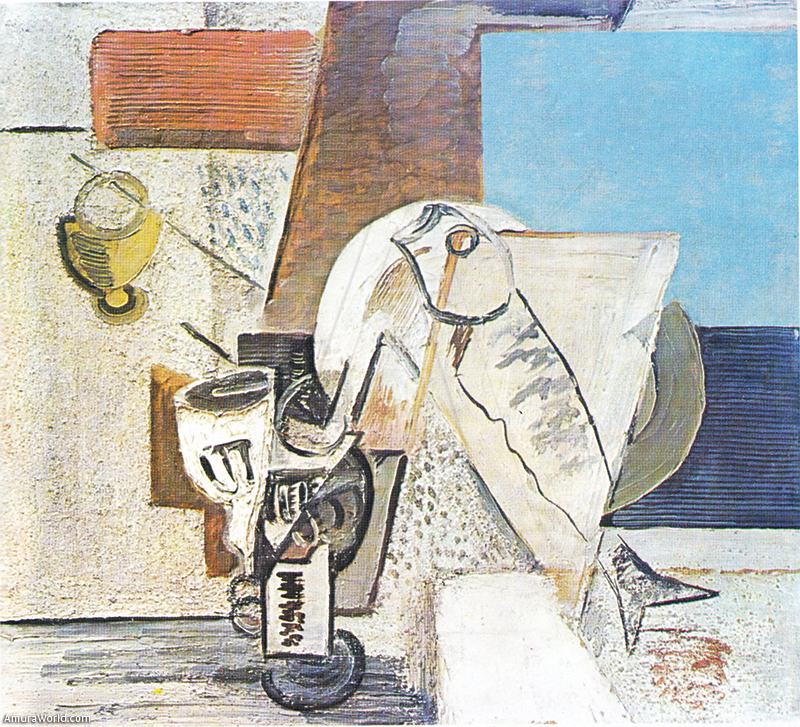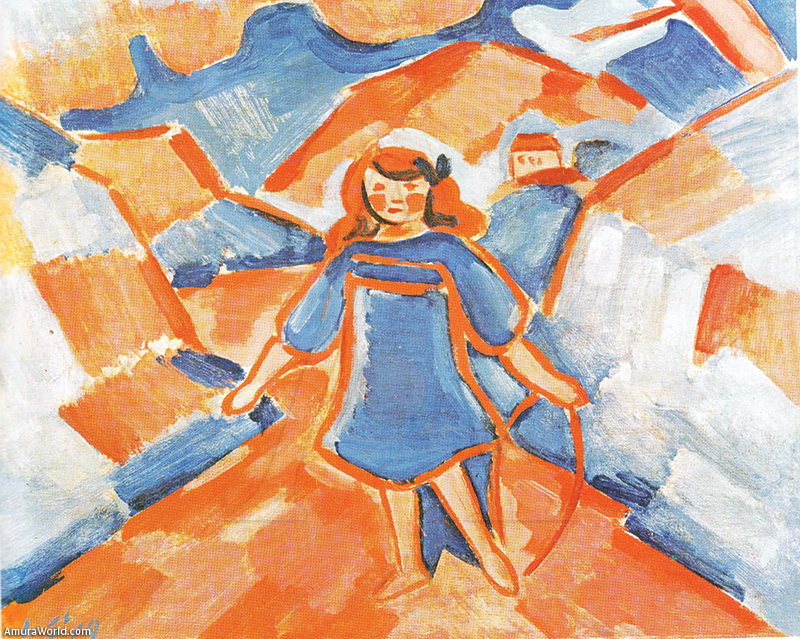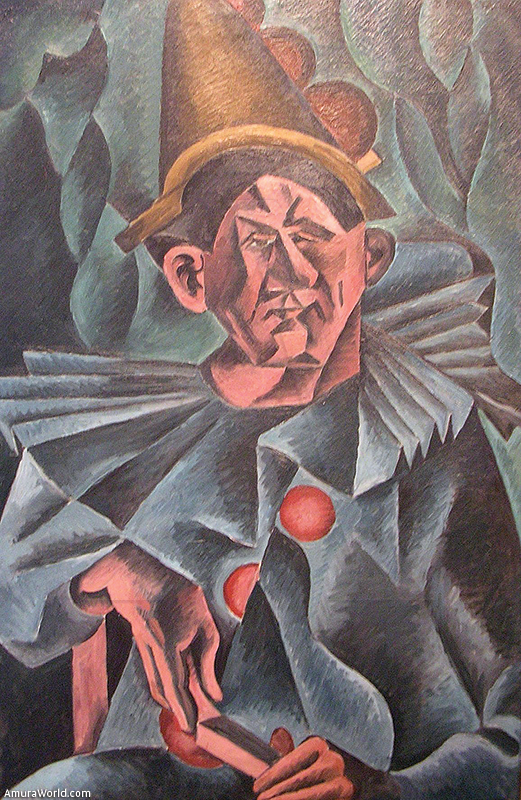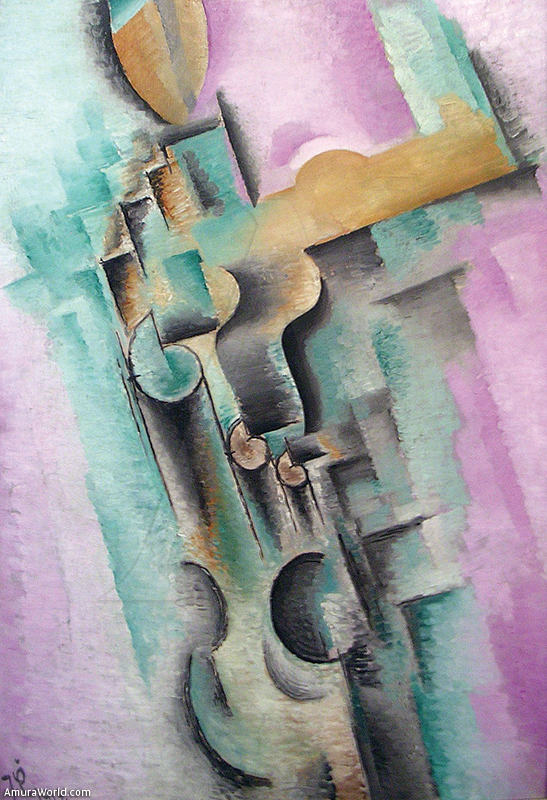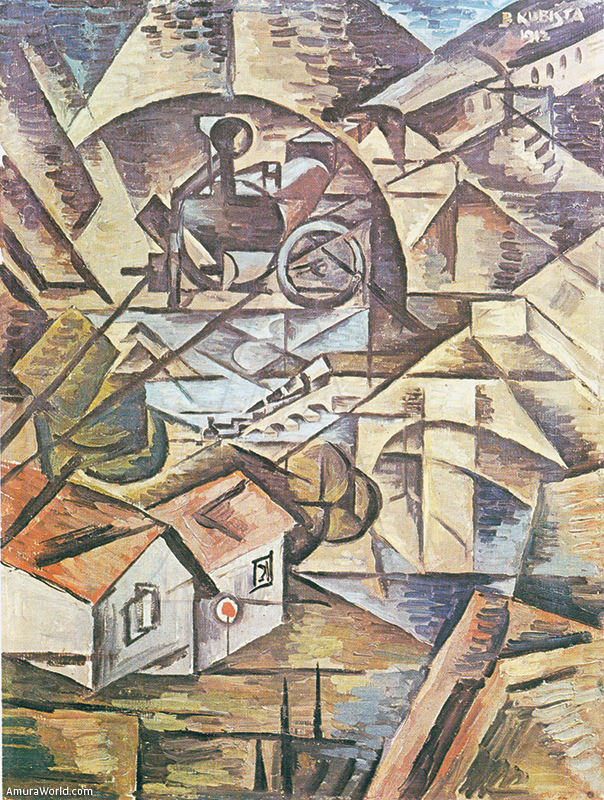THE CZECH REPUBLIC
The Czech Republic (established on January 1st, 1993, after Czechoslovakia peacefully split into the independent Czech Republic and Slovakia), is located in central Europe. It is a country rich in history and tradition that surprises one by way of its works of art and architecture drawn from previous eras.
One cannot visit this country without admiring its culture, customs, nostalgic landscapes and hills, the Elbe river, the Morava river, Bohemia, (where the country traces its roots to the the 9th century), Silesia, Moravia… and the influence of its people, who tightly guard many of the keys explaining Europe’s geopolitical diversity of the 21st century .
The region has a history that is rich and fascinating. From the ancient dynasty of the Přemyslids (under the Holy Roman Empire), to the Habsburg dynasty, which integrated the country into the Austrian empire (later Austria-Hungary) in the 16th century; and to the outbreak of World War I. Czechoslovakia was established in 1918, was dissolved in 1938, and reunited at the end of World War II to become for many decades a socialist state.
Getting a recommendation of a route, a museum, or a restaurant would reduce the possibility of unspoiled travel. Therefore, I will only open a small parenthesis to invite you to explore a mythical country by describing only a few of its numerous cultural sites.
The House of the Black Madonna, a place to visit in Prague
An emblematic location to visit in Prague is, without a doubt, the “Czech Cubic Museum”, also known as the House of the Black Madonna. A fascinating place where the cubist movement, lead by Pablo Picasso and Georges Braque in other latitudes, as well as the most representative works of Czech cubism which flourished from 1910 to 1920 are on display.
Prague developed cubism by implementing it to almost all creative fields; from sculpture, to painting, even to architecture. In this city, one can find some of the most memorable examples of cubist architecture. An example is The House of the Black Madonna, designed by Josef Gocar in 1912; which houses an impressive collection of cubist works from local artists.
You can start by exploring the second floor of the exhibit, admiring the imposing paintings done by Emil Filla, such as The Writer (1912), and The Reader (1913), among others. Furthermore, you come face to face with the bronze sculptures of Otto Gutfreud, and the wonderful vases of PavelJanak, featuring a distinctive porcelain coffee set. You will also find furniture designed by Josef Gocar, such as the immense sofa made for the actor Otto Boleska in 1913.
On the third level you will admire works of such artists as Capek, Vicenc, Benes, and OtakarHubin, as well as from VajavSpala and his fascinating Spring Song (1915). On the fourth floor, enjoy the temporary expositions and conclude your tour by sipping on coffee at the Grand Oriental, which interior is also cubist and was designed by the talented Mr.Gocar. The building is also home to a learning center.
Czech cubism has a significant place in the development of art, design and architecture in central Europe the first half of the 20th century. The central figures of cubism in the country managed to excellently combine their own inspirations with the trends being developed in other countries, specifically France.
The House of the Black Madonna strives to blend cubism with everyday life, be it in architecture, or the interior design that includes the creation of furniture, sculpture, and painting. It is a place that unquestionably cannot be missed if one is roaming through the Czech Republic.
Info
House of the Black Madonna
Correo:This email address is being protected from spambots. You need JavaScript enabled to view it.
Teléfono:+420 222321459
Texto: AMURA ± Photo: NG Prague / Anuragyagnik / Kejhu


